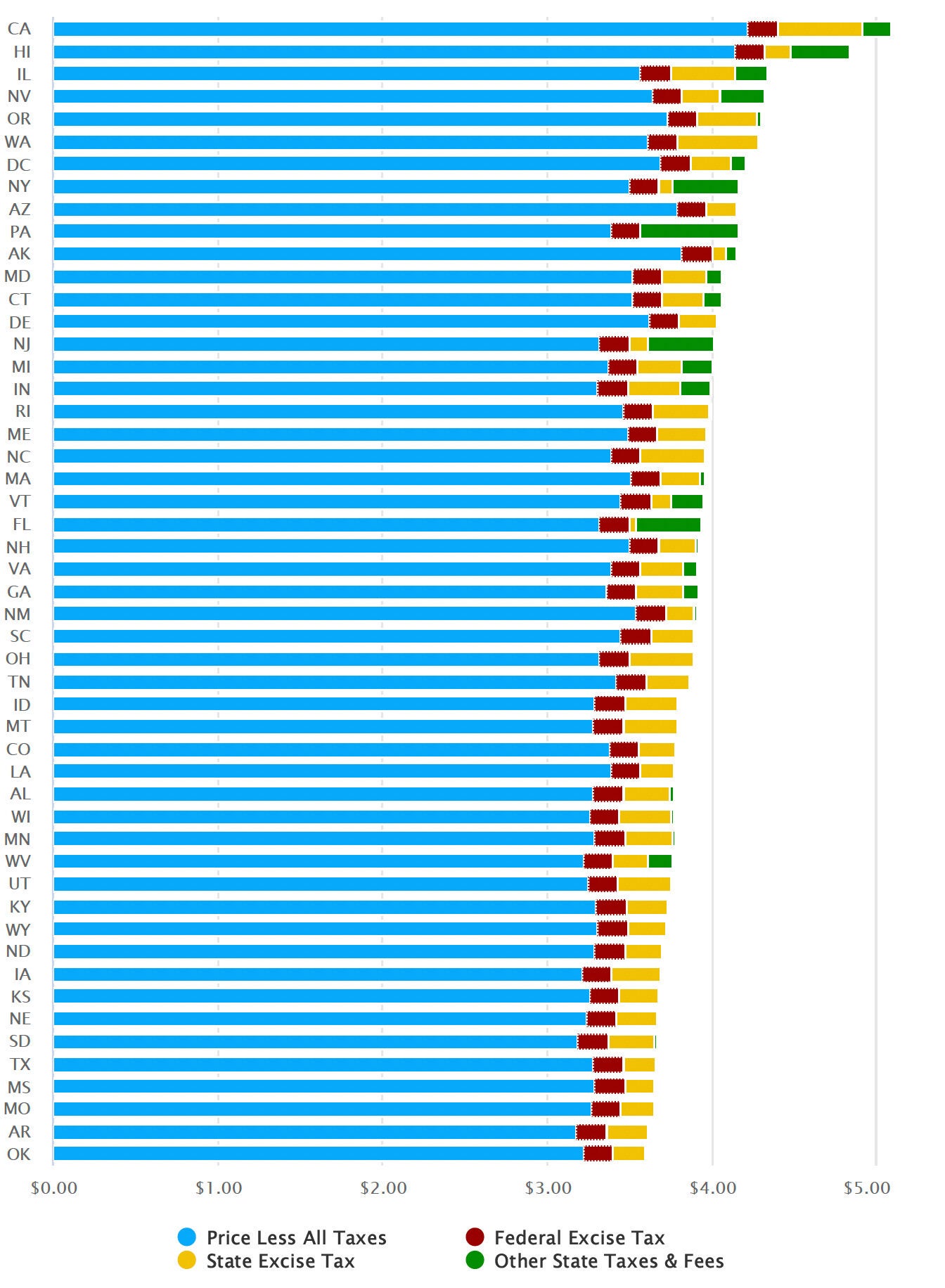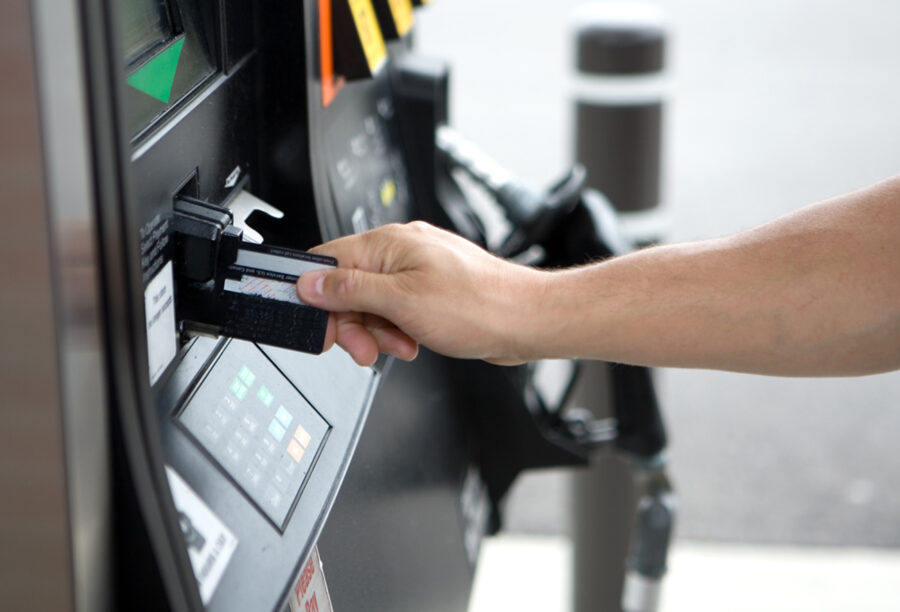Recent attempts to rein in gasoline prices in the U.S. include President Biden’s plan to release a million barrels a day from strategic reserves and increase domestic oil production, and a bill sponsored by two Senate Democrats calling a federal gas tax holiday. Average gas prices at the pump have soared $1.30 a gallon over the past year to $4.20 last week, following the Biden administration’s ban on oil from Russia over its Ukraine invasion.
It is not immediately clear how gas prices will respond to Biden’s plan to release 180 million barrels of oil from the strategic reserves over six months beginning in May. Biden’s announcement has only marginally lowered oil prices, a Wall Street Journal editorial noted; the editorial also found flaws with the move to stimulate domestic production.
But a federal gas tax holiday would have minimal impact, according to a study by experts at the Penn Wharton Budget Model (PWBM), a nonpartisan research group that avoids policy advocacy. PWBM economist Zheli He prepared the study with Xiaoyue Sun, senior analyst, under the direction of Richard Prisinzano, director of policy analysis.
Since its introduction in 1933, the federal gasoline tax has stayed at 18.4 cents per gallon, and because it is unadjusted for inflation, it has declined in real terms, the study noted. The PWBM analysis assumed that 80% of the benefit from a tax holiday would be passed on to consumers, or 14.72 cents a gallon. From that math, it estimated that suspending the federal gas tax from March to December this year would lower average per-capita gasoline spending by $47. Under the alternative assumption that 41.2% of the tax decrease falls on consumers, the average decrease in gasoline expenditure per capita would be $16. “Consumers would benefit from the drop in gasoline prices, but the effects are small,” the study stated.
“The suspension of state taxes and fees could lead to a bigger reduction in gasoline spending in some states.” –Zheli He
The study found that a federal gas tax holiday from March to December 2022 would reduce federal tax revenue by about $20 billion and increase state tax revenue by between $100 and $300 million on average as lower prices drive increased consumption. But it did not expect “a significant change” in gasoline consumption expenditure, noting that “the federal tax on gasoline is small compared to prices, and the demand for gasoline, at least in the short run, is very inelastic.”
Scrapping the gas tax will hurt federal finances in no small way. Federal taxes on gasoline and diesel fuel are the major source of the Highway Trust Fund receipts, which finances most federal government spending for highways and mass transit, he pointed out. “At the end of February 2022, the Highway Trust Fund balance was about $138 billion, so a $20 billion loss would be a sizable fraction.”
Biden’s plan to release a million barrels of oil every day over six months is also “not trivial, and would have some effect on lowering gasoline prices,” He said, citing government data that the U.S. produced on average 11.2 million barrels per day in 2021.
A Bigger Break?
Compared to a federal gas tax holiday, “the suspension of state taxes and fees could lead to a bigger reduction in gasoline spending in some states,” said He. “Also, consumers in some states purchase more gasoline, and they would experience a bigger reduction in gasoline expenditure in dollar amount when state taxes and fees are suspended.” To be sure, there are calls for gas tax cuts at the state level, such as in New Jersey.
Gas prices are generally higher on the West Coast, with the highest in California ($5.09 per gallon on average as of March 3), compared to Rocky Mountain and Gulf Coast regions. Oklahoma has the lowest price in the nation at $3.61 per gallon. Although gasoline prices have fluctuated over time, per-capita consumption has stayed relatively flat between 1993 and 2021, except for a sharp dip in April 2020 because of pandemic lockdowns, the study noted.
A considerable portion of the variation across states in the prices consumers pay at the pump is explained by the different prices received by producers, which range from $4.22 a gallon in California to $3.18 in Arkansas, the study documented. But the price differences are also on account of state excise taxes and other state and local fees such as environmental surcharges. (See chart below.)
The average state excise tax on gasoline is 25.45 cents per gallon, which ranges from zero in Pennsylvania to 51.1 cents per gallon in California. Other state taxes and fees also vary widely from zero in a few states such as Texas and Iowa to 58.7 cents per gallon in Pennsylvania, with an average of 12.14 cents per gallon. The combined state excise tax and other state taxes and fees average 38.07 cents a gallon.
Federal, State Taxes and Retail Gasoline Prices




